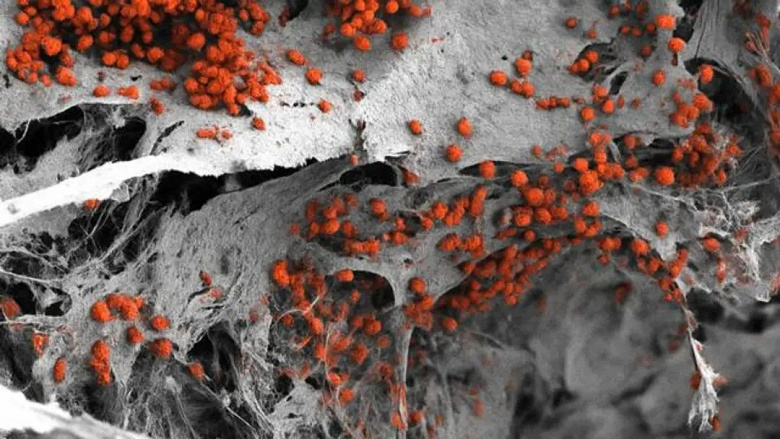Revolutionizing Research with Human-Like Bone Marrow Models
A group of scientists from the University of Basel and University Hospital Basel in Switzerland have successfully developed the first realistic human bone marrow model using entirely human cells. This innovative advancement offers a promising alternative to the use of animals in numerous research fields, including blood cancer studies and drug testing.
The bone marrow, a complex tissue known as the “blood factory” of the human body, plays a crucial role in producing billions of cells daily. This intricate system consists of specialized niches encompassing bone cells, blood vessels, nerves, and immune cells. The endosteal niche, located near the bone surface, is especially significant as it is pivotal in both regular hematopoiesis and the emergence of blood cancer cell resistance to therapy.
The Necessity for Human-Centric Models
Traditional research has heavily relied on animal models and simple cell cultures, which fall short of accurately replicating the complexity of human bone marrow and the endosteal niche. To build this model, scientists utilized an artificial bone structure made of hydroxyapatite-a component found in bones and teeth. Human cells were introduced into this framework and reprogrammed via molecular biology techniques into pluripotent stem cells. These versatile cells, capable of transforming into any cell type necessary for the bone marrow, were then placed into the synthetic bone structure and differentiated into various bone marrow cell types.

The resulting 3D structure, measuring 8 mm in diameter and 4 mm thick, mimics the human endosteal niche and can sustain hematopoiesis in vitro for several weeks. While mouse studies certainly hold value, this new human model presents a more precise understanding of human biology.
Professor Ivan Martin noted, “The developed bone marrow model opens prospects for new drug development. Although the current size may be too large for parallel testing of numerous drugs and dosages, requiring size reduction, this technology may eventually enable the creation of individualized treatment plans for blood cancer patients.”
Future Perspectives in Personalized Medicine
This advancement heralds an important stride towards personalized medicine. By potentially creating personalized bone marrow models using a patient’s own cells, it allows in vitro testing of diverse treatment methods to identify the most effective therapy for individual patients. The development of this entirely human “blood factory” signifies a crucial first step in personalizing medical approaches.









